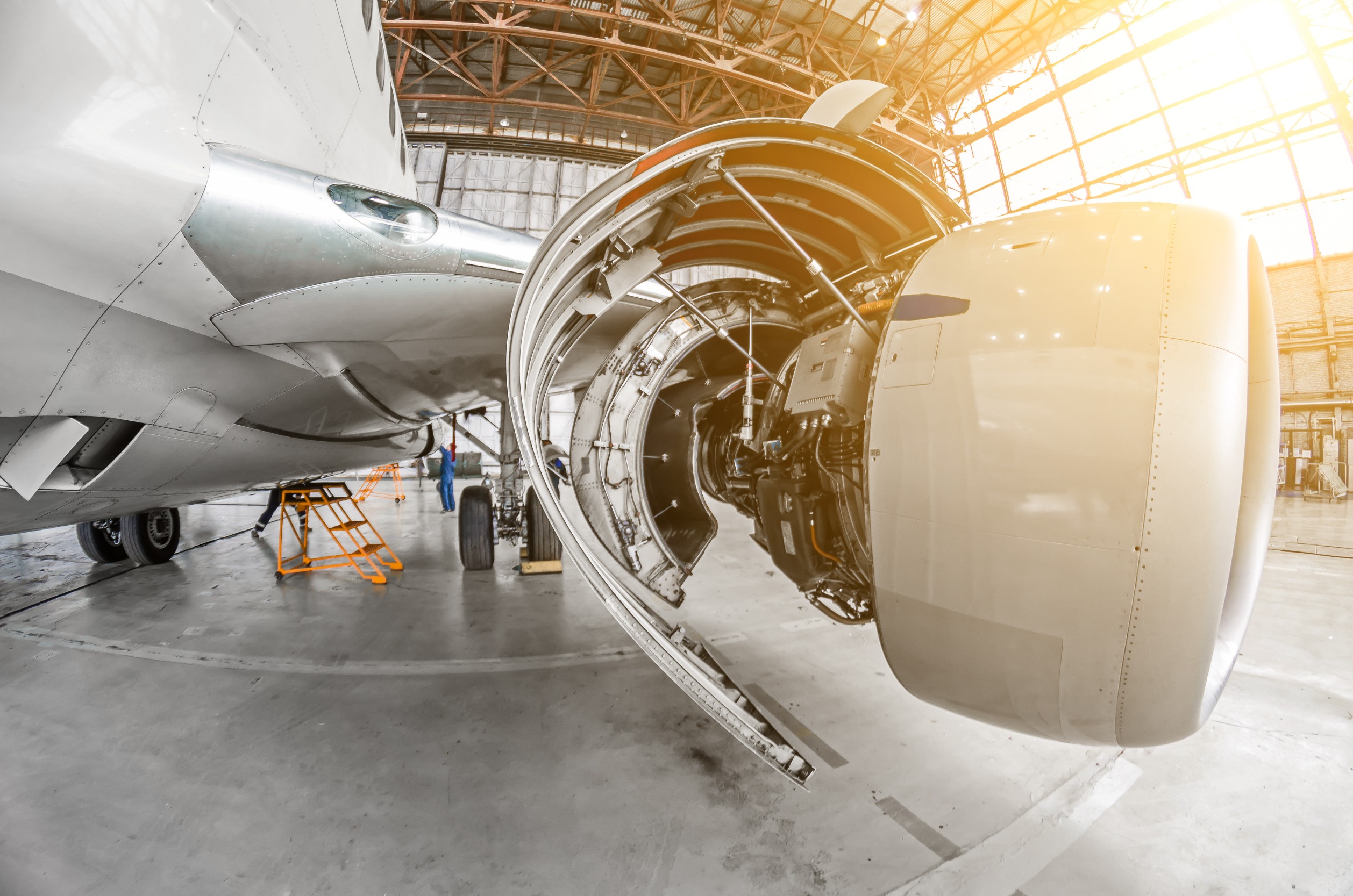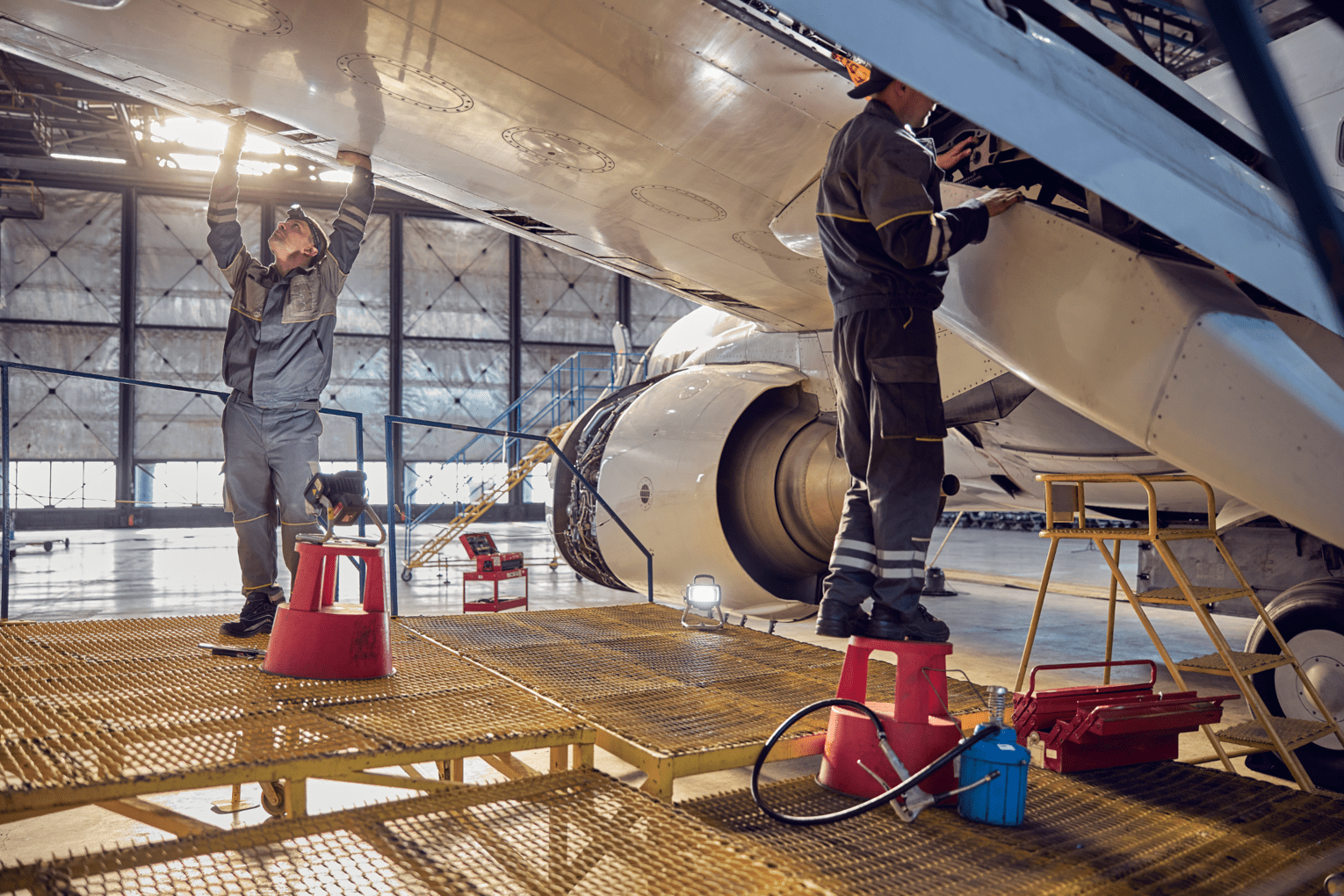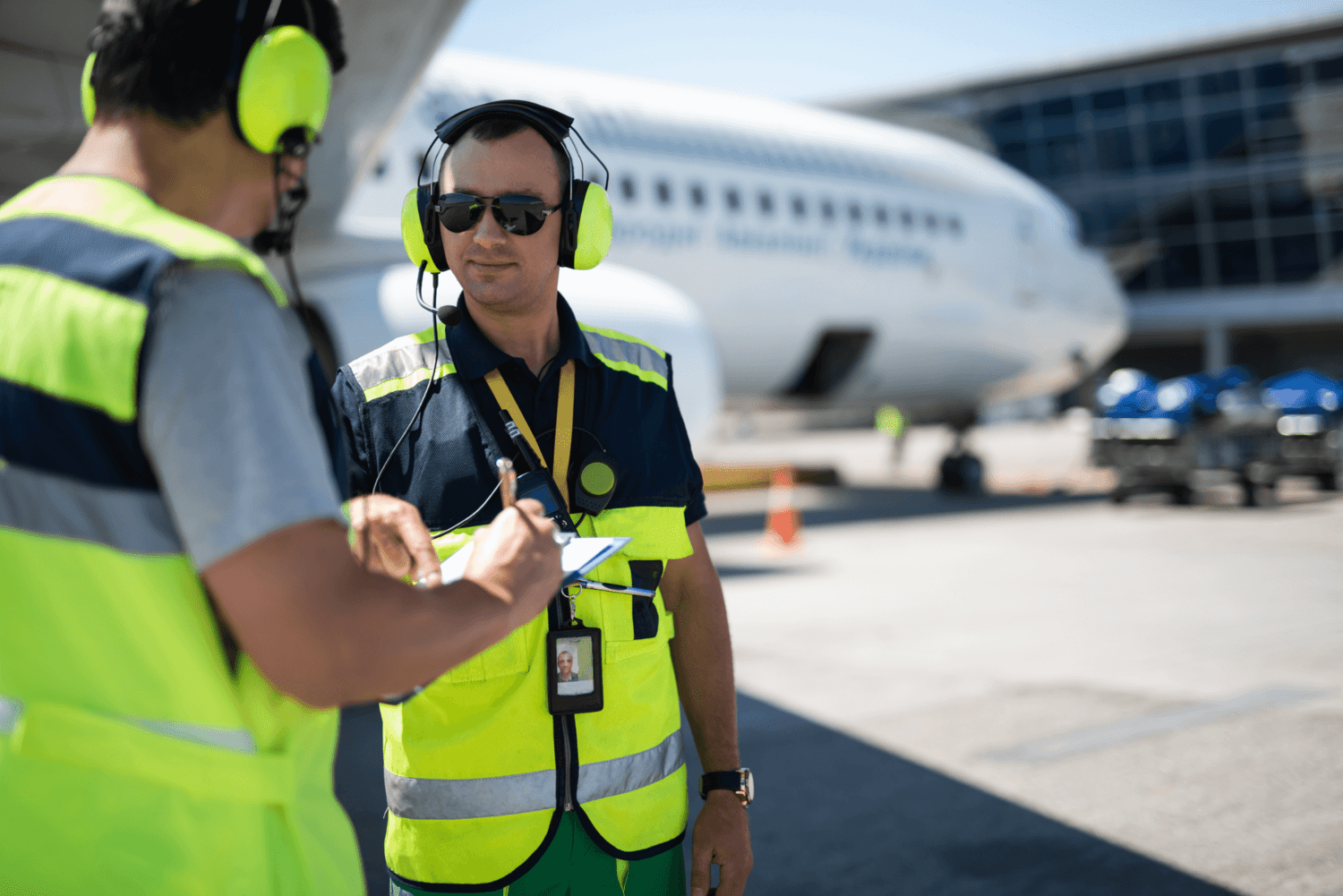
Release date : 2020-09-09
The European crises prompt carriers to change the structure of the spare parts supply chain
With a massive European market plunge in the beginning of 2012 followed by a number of hardly positive economic forecasts, the aftermath of the Financial Crisis 2008 continues the bombardment of the European economy. With salary-cutting policies and the Eurozone unemployment rate to reach its highest ever rate of 11,1%, the region’s air carriers have been forced to deal with steady passenger traffic decline (3.3% year-to-year comparison for the first three months in 2012, according to Eurocontrol). With the accelerating European debt crisis to contribute to the situation, the leading European airlines are desperately looking for ways to restore their financial stability. However, industry experts fear that some of the measures might undermine their high performance and safety level.
In 2011 Air France – KLM and Iberia reported annual losses of €809 million and €220 million respectively whilst the Lufthansa Group and the Irish Aer Lingus suffered operating losses of €381 million and €36.1 million in the 1st quarter of 2012 alone. The poor performance of some airlines was consequent upon the decline in air passenger traffic. However, the figures are subject to many more factors than the passenger traffic fluctuations alone.
Apart from the altering number of passengers and unstable fuel prices, airlines are faced with the issue of rising prices of parts and components
‘Apart from the altering number of passengers and unstable fuel prices, airlines are faced with the issue of rising prices of parts and components. Though many carriers prefer to maintain a wider range of preferred suppliers, only few of them are able to settle their supply chains without the direct or indirect (through the MROs) support from the OEMs. However, with the OEMs to increase their prices by an annual average of 4-5%, the burdened airlines are desperately seeking for new ways to optimize business processes,’ commented the CEO of Locatory.com Zilvinas Sadauskas.
The rising parts’ and components’ prices are not the only issue contributing to huge expenses faced by airlines today. Since many operators prefer to maintain their own stock in one or several locations, there are additional Human Resources-related costs to consider. Carriers must employ not only additional repair and maintenance staff, but also a number of in-house managers, responsible for both daily and ad hoc/ASAP parts procurement. However, with the major European airlines getting ready for severe job cuts, aviation companies need to find ways how to sustain the aircraft component procurement process at the highest possible quality level.
“One of the ways involves outsourcing all your parts supply chain needs to independent suppliers, as they do at Ryanair. It has sub-contracted its components supply to third-party suppliers throughout the entire flight route map. However, due to safety and quality control issues not every airline will find the idea of fully entrusting the parts supply to other companies attractive. Another option is to reshape the carrier’s supply strategy by gradually shifting towards e-procurement. It has been proven that some online automated systems help saving a significant number of working hours spent searching for required parts and comparing different market offers. Working hand in hand with the providers of e-procurement solutions, carriers may reduce the aircraft downtime costs during AOG situations, as well as may help them to optimize their Human Resources with no negative effects on safety,’ explained Z. Sadauskas.


